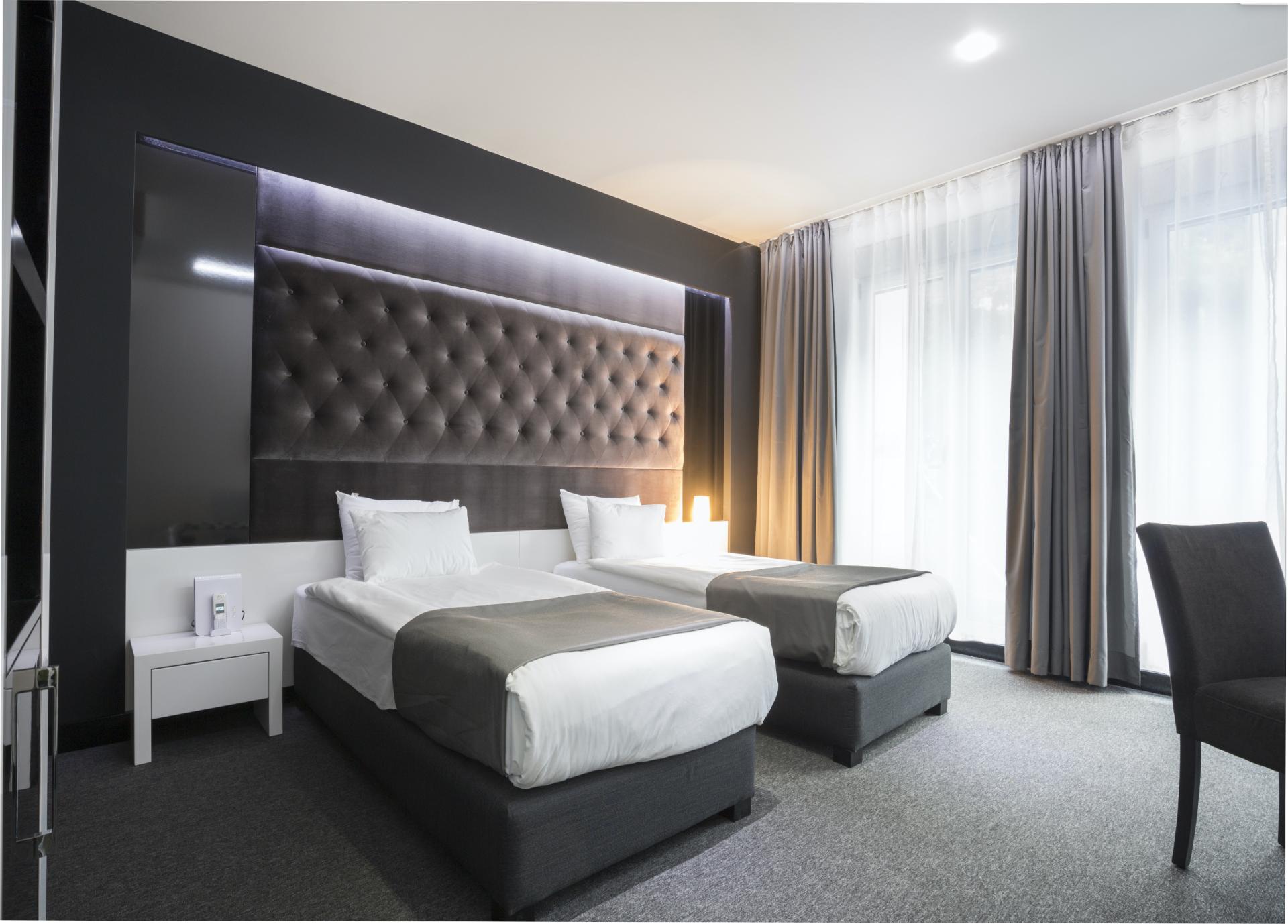HISTORY
The oldest part of the village is represented by the medieval castle, which, according to historical sources, was founded in 1198. Its entrance gates and stone walls, defensive towers and a few loopholes can still be admired today. It was rebuilt following the destruction of the castle of Narco, the memory of which remains mainly in the accounts of the older Narcans, who say how “old Sant’Anatolia stood along the road leading to Castel San Felice, at the height of the Pieve della Pia, leaning against the mountain.”
In addition to this vanished and almost legendary castle, “Narco” also refers to much earlier times, when the banks of the Nera or Nahar River were inhabited by the Naharki, a population also mentioned in the famous Iguvine Tablets.
ART, CULTURE, ENVIRONMENT
Sant’Anatolia di Narco stands on a fluvial terrace overlooking the flat area below called le canapine, (hemp cloth) in memory of when hemp was cultivated along the banks of the Nera River.
The historic centre retains the characteristics of an ancient fortified castle, with surrounding walls, towers and three gates, one of which is still well preserved and placed to control the road that came up from the Nera.
Inside the walls, on the central square, one can admire the former town hall (16th century), now the seat of the Hemp Museum, and the parish church of Sant’Anatolia, currently closed for restoration work, with inside pictorial decoration from the 14th-15th centuries, the inlaid marble antependium of the high altar of the Neapolitan 17th-century school and some 17th-century paintings.
Outside the walls stands the Church of Santa Maria delle Grazie, a house of worship built around an earlier shrine depicting the Madonna and Child between Saints James and Anthony Abbot. The fresco, made around the mid-15th century and attributed to the Master of Eggi, was enlarged in 1578 by a student of Lo Spagna with the Assumption among the Apostles.
Three construction phases can be distinguished of the church, corresponding to the presbyteral part, an early extension with side niches and the later truss-covered nave. Inside the church there are two Roman funerary inscriptions set into the walls. Also preserved are a wooden Crucifix attributed to Francesco da Sangallo and a sculptural group, also wooden, called I Dolenti and consisting of a Grieving Madonna and St. Francis.
The statues, datable to the first half of the 16th century, come from the high altar of the Ex-convent of Santa Croce, also near the historic town centre. Now a hotel facility, it owes its name to the presence of a Franciscan convent of the Minor Observants dating from the 13th - 14th centuries. Over the centuries the convent has undergone several transformations and, of its original structure, all that remains today are the bell gable tower, frescoes tracing the life of St. John of Capestrano and a stupendous Last Supper by an unknown artist. The same fate met the church attached to the convent, now Campani Hall, named after the brothers, opticians and watchmakers, originally from Castel San Felice.
Castles and places of worship rise in the town’s surroundings, including Castel San Felice itself, an old medieval centre famous above all for the Abbey of Saints Felice and Mauro, among the most striking examples of Umbrian Romanesque architecture.
Also noteworthy are the hamlets of Caso and Gavelli, two fortified villages that arose along the transhumance route that ran along Mount Coscerno, made famous above all by the presence of religious buildings with important pictorial cycles also attributed to Giovanni di Pietro, known as Lo Spagna, such as the Churches of Santa Cristina and Santa Maria delle Grazie in the former, and San Michele Arcangelo in the latter. Finally, we also note the hamlet of Grotti, whose name recalls the morphology of the place characterized by caves, ravines and rocky peaks, still shows the remains of a tower and the vestiges of the castle that once dominated the Valnerina on the side towards Spoleto.


























